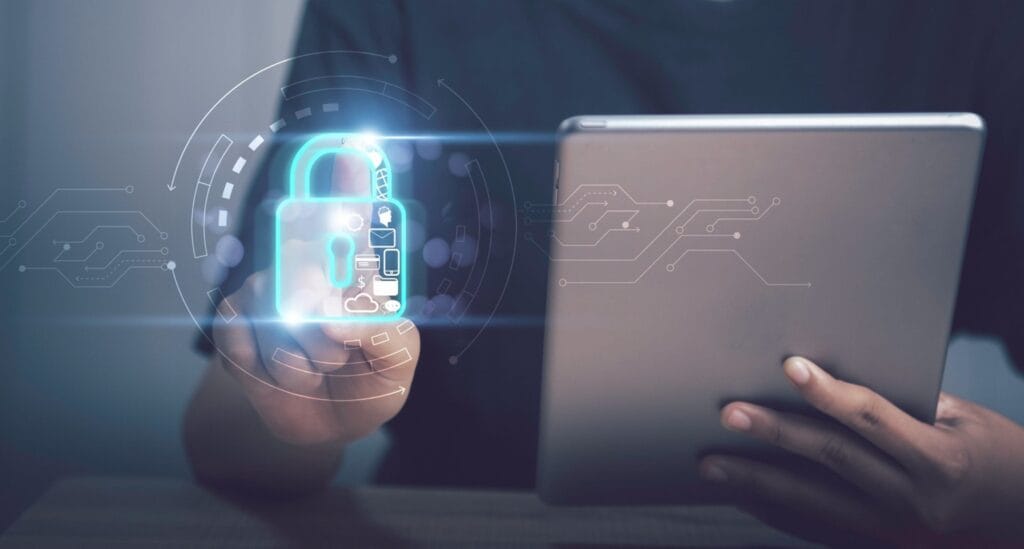The Public Key Infrastructure (PKI) is a comprehensive system that combines technologies, processes, and policies to ensure security in digital communication. This system allows for the issuance, management, and revocation of digital certificates that authenticate identities, encrypt data, and ensure the integrity of transmitted information. In a world where cybersecurityCybersecurity solutions are essential in the era of… is more important than ever, PKI has become an indispensable tool for protecting digital assets and connections on public and private networks.
Key Components of PKI
To understand how PKI works, it is essential to identify its main elements:
- Certificate Authorities (CAs):
- CAs are trusted entities that issue digital certificates after verifying the identities of the applicants. They can be public (universally recognized by browsers and operating systems) or private (designed for internal environments, such as corporate networks).
- Example: Let’s Encrypt is a globally recognized public CA.
- Digital Certificates:
- They act as a “digital passport,” linking the identity of the owner with a public key. They include information such as the name, organization, and public key of the holder, and are signed by a CA.
- Public and Private Keys:
- These are pairs of cryptographic keys used to encrypt and decrypt information. The public key is freely distributed, while the private key is kept secret.
- Certificate Revocation List (CRL):
- A list that includes certificates revoked by the CA due to security compromises or expiration.
- Hardware Security Modules (HSM):
- Physical or cloud-based solutions (such as Microsoft Azure Key Vault) for securely storing private keys.
- Certificate Policy (CP):
- A document that defines the rules and allowed uses of the certificates issued within the PKI.
Uses and Applications of PKI
PKI has a wide range of applications that secure various aspects of digital communication:
- Website Protection:
- SSL/TLS certificates that enable secure HTTPS connections, protecting sensitive user data online.
- Network Authentication:
- Identification of devices and users on private networks, such as corporate Wi-Fi and VPNs.
- Email Encryption:
- Use of S/MIME certificates to ensure that messages are private and not altered during transit.
- Code Signing:
- Certificates that ensure the authenticity and integrity of distributed software.
- Mutual Authentication TLSTransport Layer Security (TLS) is a security protocol …:
- Secures bidirectional connections by verifying both the client and the server.
Advantages of PKI
- Robust Authentication:
- Ensures that only authorized users and devices can access systems and services.
- Secure Encryption:
- Protects data in transit by ensuring that only the intended recipient can access it.
- Data Integrity:
- Ensures that data is not altered during transmission.
- Scalability:
- PKI solutions, especially Managed PKI (MPKI), allow the issuance and management of certificates at scale, adapting to the growing needs of businesses.
Public vs. Private PKI
- Public PKI:
- Certificates issued by globally recognized CAs. Ideal for protecting public websites and ensuring universal trust.
- Private PKI:
- Certificates issued internally by the organization or through a private CA. Ideal for internal applications such as Wi-Fi networks, intranets, and VPNs.
- Hybrid:
- Combines public and private elements, allowing companies to optimize costs and customize solutions based on their specific needs.
Challenges and Considerations when Implementing PKI
- Cost and Complexity:
- Creating and maintaining an internal CA can be costly and time-consuming. Hosted solutions can be more cost-effective and easier to manage.
- Automation:
- The manual distribution and renewal of certificates can be prone to errors. Automating these processes is crucial to avoid disruptions.
- Future Preparedness:
- As quantum computing advances, companies will need to adopt algorithms resistant to these new technologies to ensure long-term security.
Steps to Implement a PKI
- Assess Needs:
- Identify non-negotiable security risks and specific use cases.
- Select the Right Model:
- Decide between a public, private, or hybrid PKI based on objectives and resources.
- Automation:
- Implement solutions like Managed PKI (MPKI) to manage certificates at scale.
- Physical and Logical Security:
- Use HSMs to protect private keys and ensure compliance with standards such as FIPS.
- Define Clear Policies:
- Create a detailed CP to guide the use of certificates.
The Importance of PKI in the Future of Digital Security
With the growth of the Internet of Things (IoT) and the mass adoption of cloud technologies, PKI stands as a fundamental pillar for ensuring security in an increasingly connected world. Additionally, its ability to adapt to new threats, such as quantum computing, ensures its relevance in the coming decades.
Implementing a robust PKI not only protects sensitive data but also strengthens user trust and ensures regulatory compliance in a constantly evolving digital environment.

